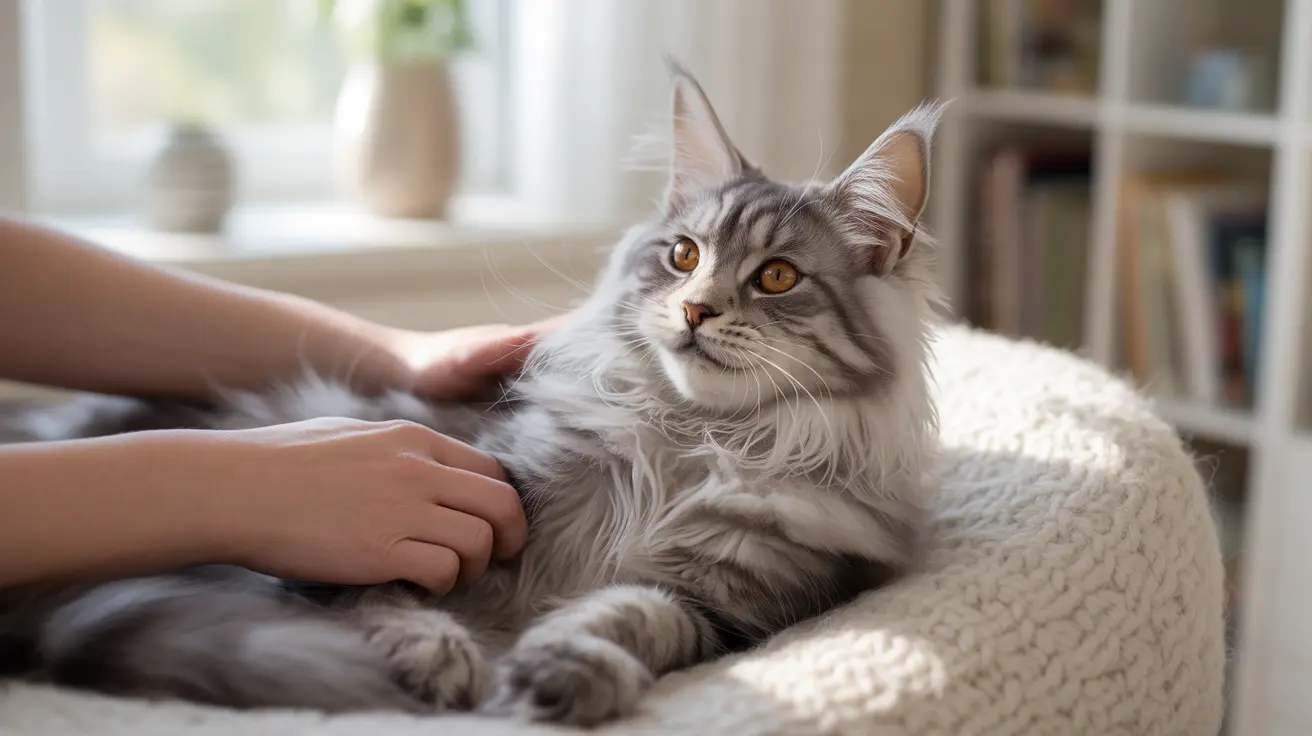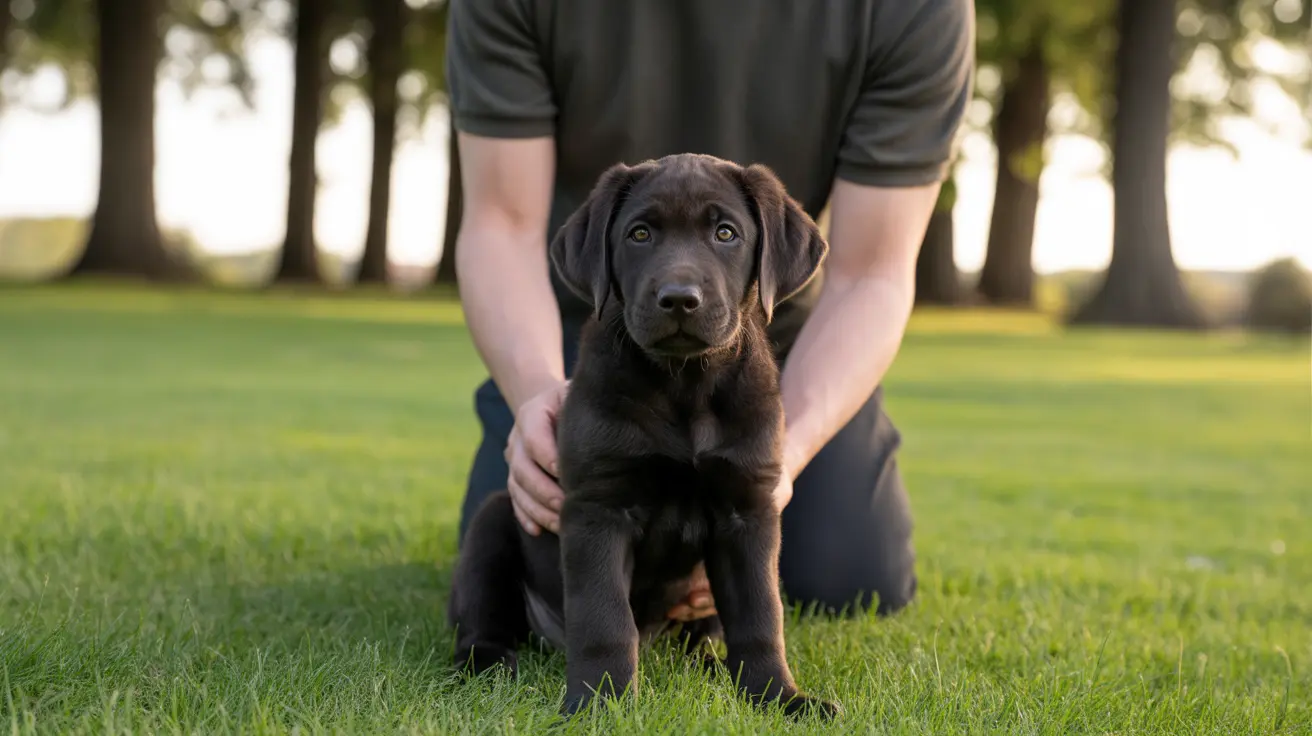When faced with the difficult subject of feline end-of-life care, many pet owners find themselves wondering about their cat's purring behavior. The relationship between purring and a cat's final moments is complex and often misunderstood. Contrary to what some might expect, cats don't necessarily stop purring when they're dying – in fact, some may actually purr more frequently during their final days.
Understanding this behavior can help pet owners better support their feline companions during this sensitive time. Let's explore the science behind purring during end-of-life stages and what it means for both cats and their caregivers.
The Science of Purring in Dying Cats
Cats produce purring vibrations at frequencies between 25-150 hertz, which scientists have discovered can promote healing and provide pain relief. During the dying process, cats may utilize this natural mechanism to self-soothe and manage discomfort. Veterinary experts have observed cats purring even during euthanasia procedures, suggesting that this behavior serves as a crucial coping mechanism.
Research indicates that purring's therapeutic frequencies can help reduce stress, lower blood pressure, and promote tissue healing. This explains why dying cats might increase their purring as their bodies attempt to cope with physical changes and discomfort.
End-of-Life Purring Patterns
While some cats maintain their regular purring habits until the end, others may exhibit changes in their purring behavior. These variations can include:
- Increased purring when seeking comfort or attention
- Purring combined with labored breathing
- Intermittent purring during periods of alertness
- Purring while withdrawing from social interaction
Recognizing Other End-of-Life Signs
Beyond purring, several critical signs indicate a cat may be approaching the end of life:
- Severe lethargy and weakness
- Significant decrease in appetite and thirst
- Reduced grooming behavior
- Changes in body temperature
- Difficulty maintaining balance
- Social withdrawal or unusual clinginess
The Role of Comfort Care
During a cat's final days, providing appropriate comfort care is essential. While purring might indicate self-soothing, it shouldn't be the only factor considered when assessing a cat's well-being. Creating a peaceful environment and maintaining regular veterinary consultation helps ensure the best possible care during this transition.
Frequently Asked Questions
Do cats stop purring when they are dying, or can they purr during their final moments?
Cats can continue purring during their final moments, and many do. This behavior isn't unusual and may represent a self-soothing mechanism or expression of contentment despite their condition.
Why do some dying cats purr more than usual—does purring mean they are in pain or comforted?
Increased purring in dying cats can indicate either pain or comfort – it's a complex behavior that serves multiple purposes. Cats often purr to self-soothe when in pain, but they also purr when feeling content or seeking to comfort themselves or others.
What other signs besides purring indicate that a cat is approaching the end of life?
Key indicators include reduced appetite, withdrawal from social interaction, decreased grooming, difficulty moving, changes in breathing patterns, and loss of interest in favorite activities. These signs often appear alongside changes in purring behavior.
How does purring help cats cope with pain or stress during the dying process?
Purring produces vibrations at frequencies known to promote healing, reduce pain, and decrease stress. This natural mechanism helps cats manage physical discomfort and emotional stress during their final days.
Should I be concerned if my cat purrs a lot during illness or at the end of life, and when should I contact a vet?
While purring itself isn't necessarily concerning, any significant change in behavior should prompt a veterinary consultation. Contact your vet if purring is accompanied by other concerning symptoms like respiratory changes, loss of appetite, or unusual lethargy.
Conclusion
Understanding that cats may continue or even increase their purring during their final days can help pet owners better interpret and respond to their companion's needs. While purring alone shouldn't be used as the sole indicator of a cat's condition, it remains an important aspect of feline communication during end-of-life care. Always consult with veterinary professionals for proper guidance during this sensitive time.






